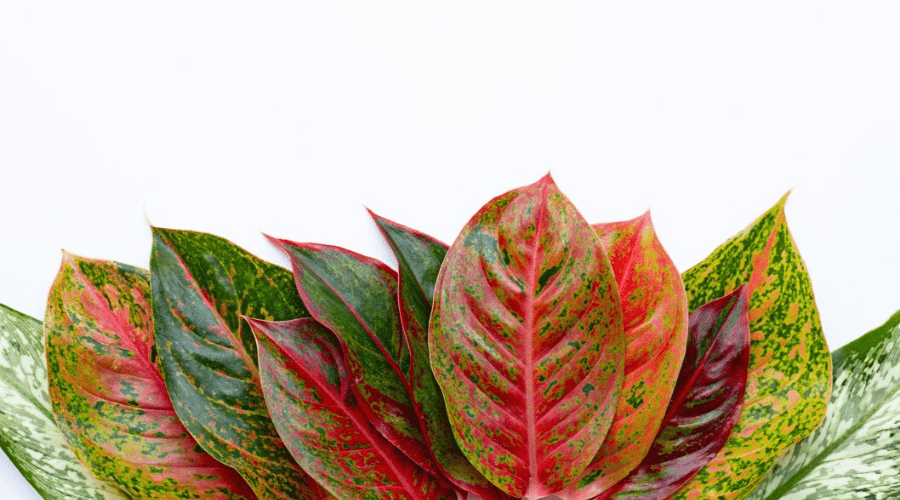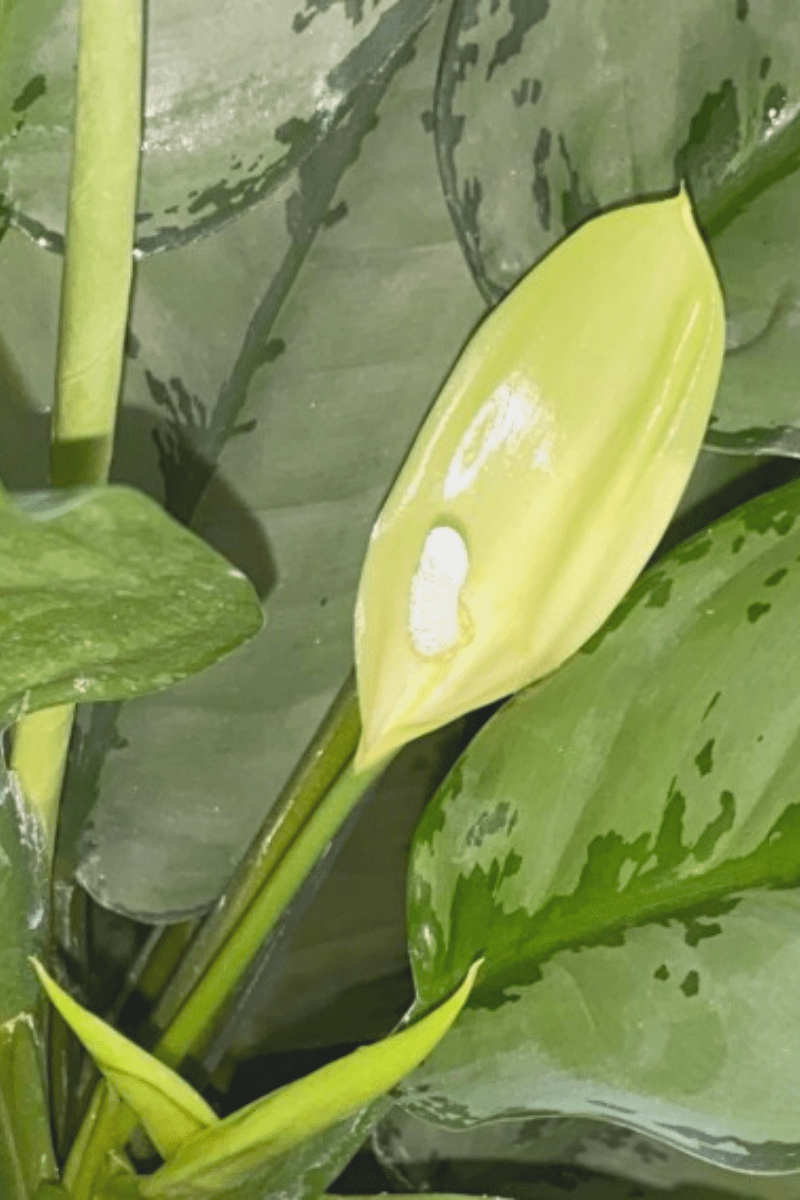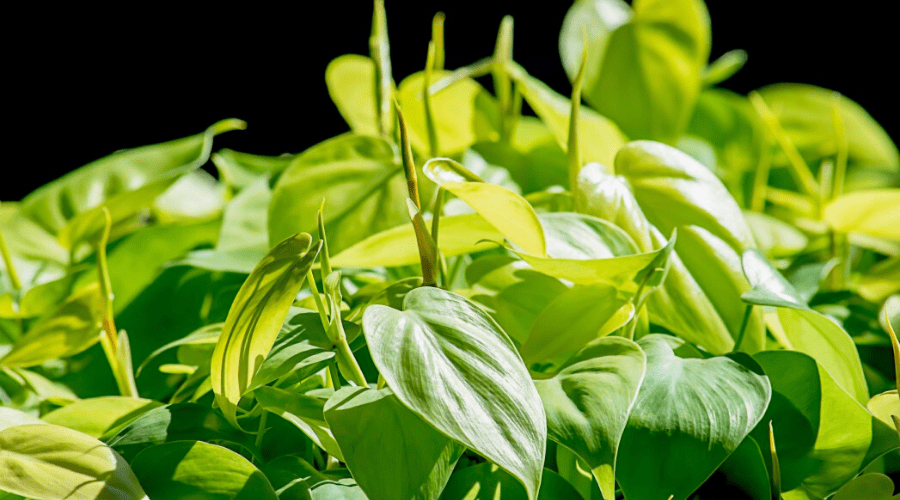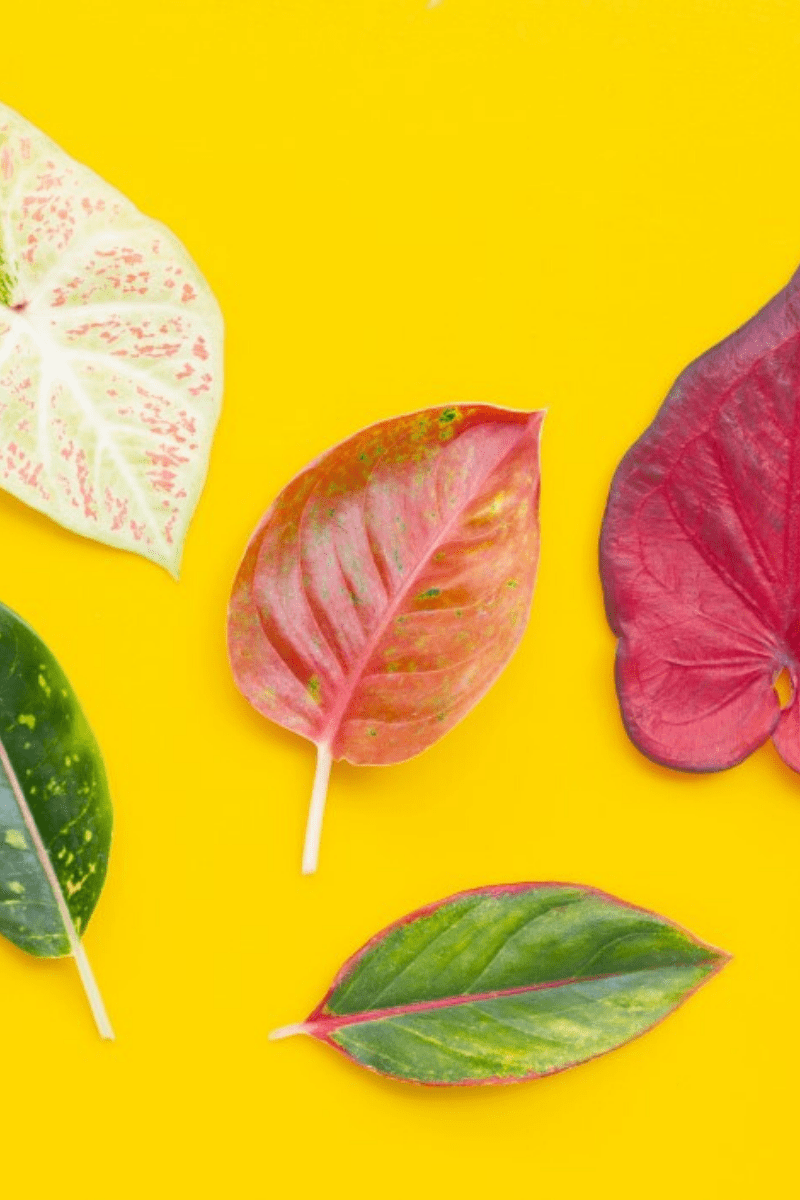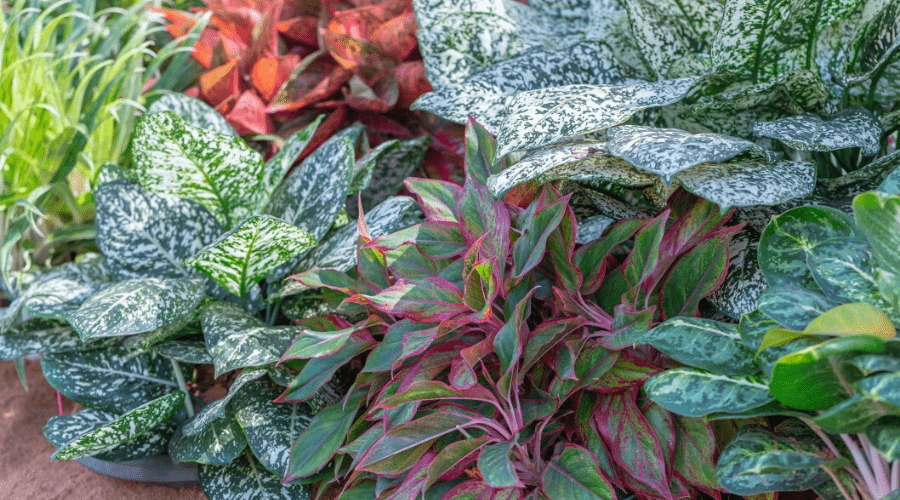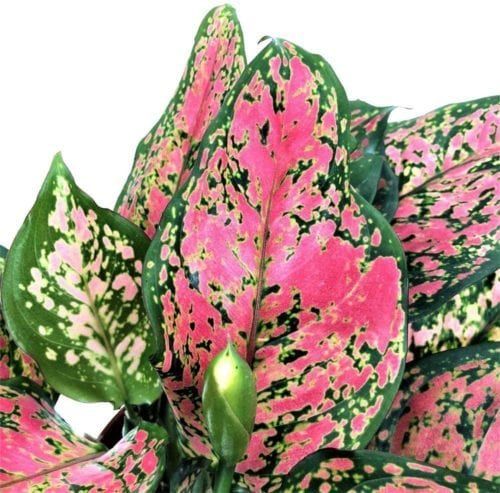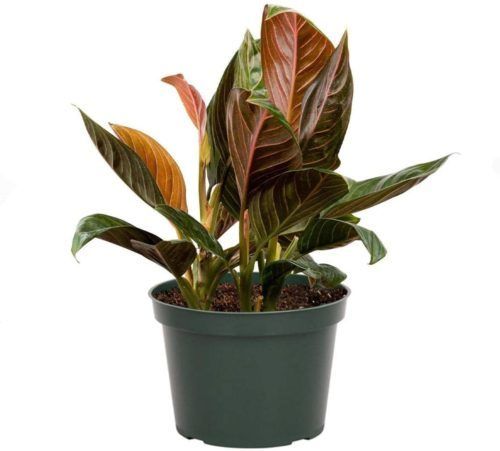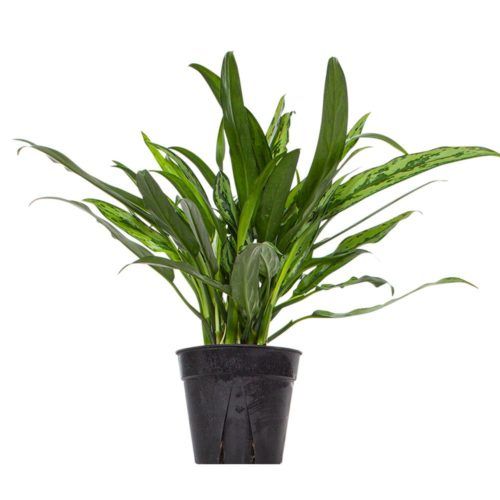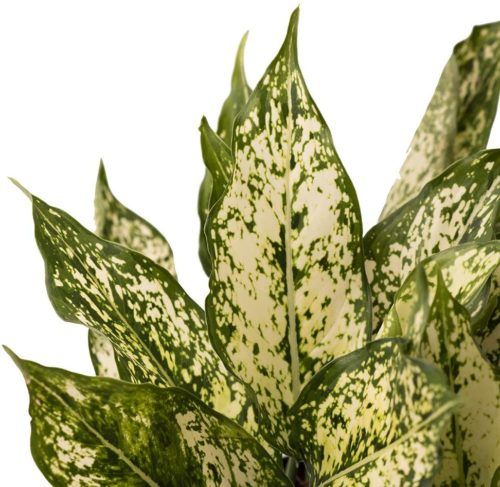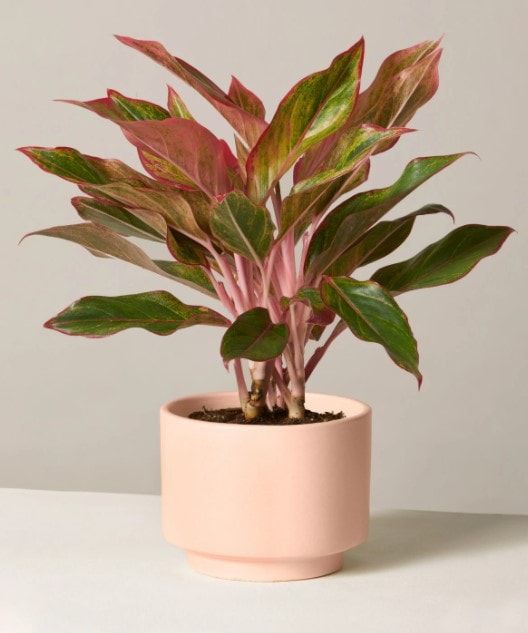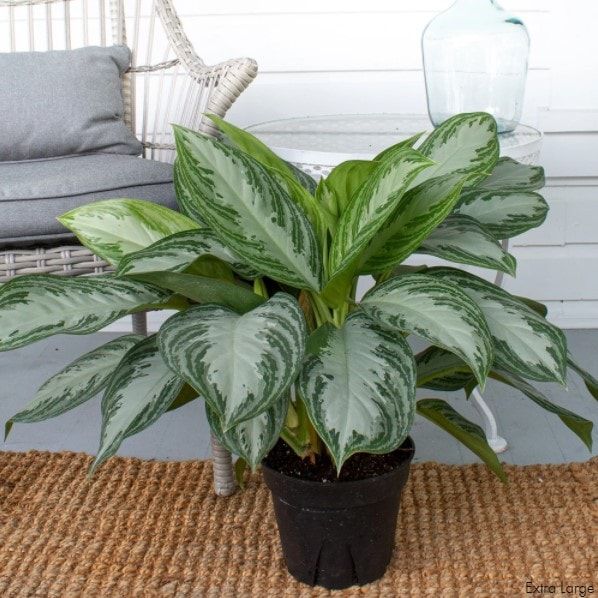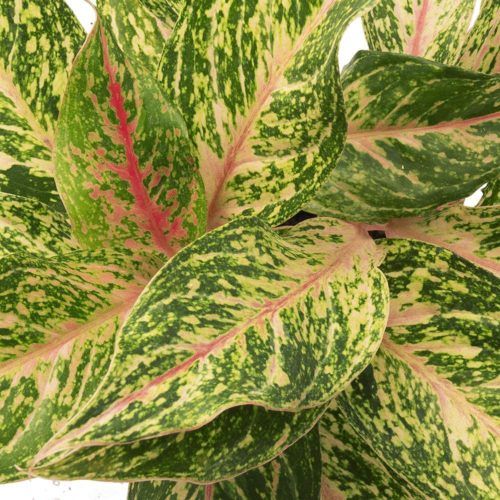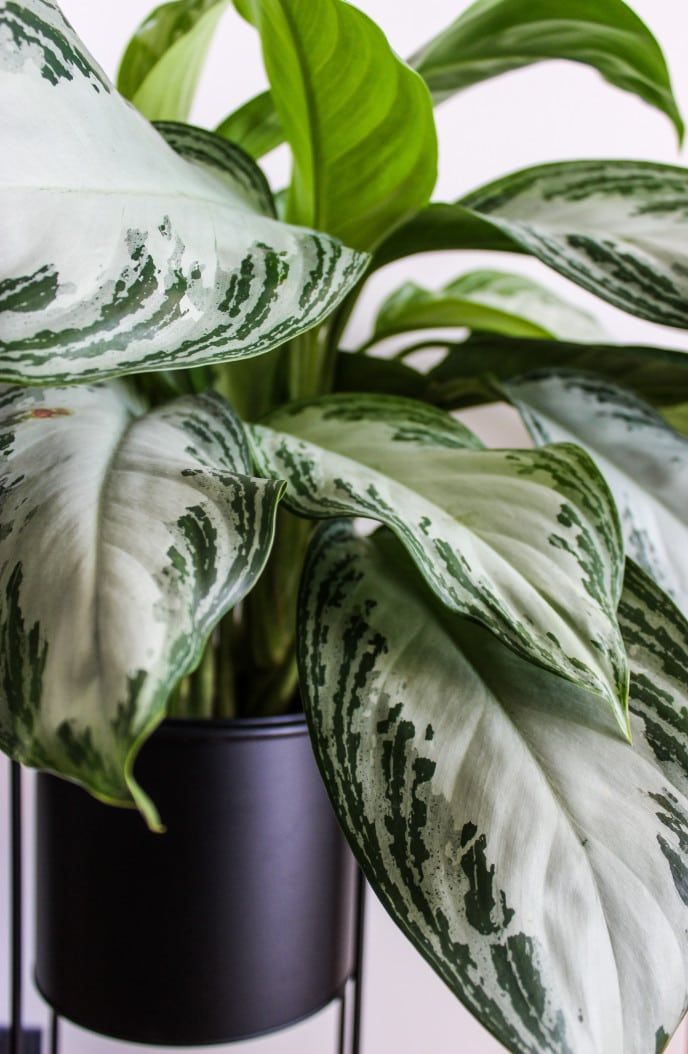With large speckled leaves that come in a variety of gorgeous patterns and colors, the easy-care Chinese evergreen (or Aglaonema) makes an incredible house plant ot addition to garden beds. They thrive in indoor conditions, and grow faster and larger than most houseplants. In other words, why don’t you have one already? Here, we’ve gathered up everything you need to care for a Chinese Evergreen, including light, water, and fertilizer needs; how to propagate, divide, and prune; and the best places to buy the Aglaonema plant your home or office deserves.
Chinese Evergreen Details
Aglaonema
AKA Red Aglaonema, Philippine Evergreen
Ease of Care: easy
Light: low to bright light
Water: Infrequent; can dry out between watering
Temperature: 65° - 80° F
Height: about 3 feet
Growth Rate: moderate
Pests: mealybugs, spider mites
Diseases: anthracnose, myrothecium leaf spots
Toxicity: poisonous to pets
Benefits
The Chinese Evergreen is arguably one of the easiest plants to care for because it follows one simple rule: if you opt for a variegated variety, you will need to provide the plant with more light. Even if the plant requires a fair amount of heat and humidity, it doesn’t need frequent repotting and can last a very long time when you’re following the basic care rules.
The Chinese Evergreen was one of the plants studied in NASA’s Clean Air Study, proving that it has air purifying capabilities that go beyond simple oxygen production. According to the study, the Chinese Evergreen plant can clear air of contaminants such as formaldehyde and benzene.
Caring for a Chinese Evergreen
Unlike most other plants where caring for them is pretty straightforward, a lot of people argue on the ease or difficulty of growth for the Chinese Evergreen. In our humble opinion, it is a plant that’s easy to care for if you understand the light and variegation rule we mentioned earlier. Some basic care tips for the Chinese Evergreen include:
Light
The variety of Chinese Evergreen you have will determine how much light it needs. Lighter varieties will require bright light, while darker varieties can thrive in partial shade. With that being said, not even the lightest-colored varieties should be placed in direct sunlight.
Soil
As for the soil conditions, the Chinese Evergreen plant prefers potting soil that’s slightly acidic and well-drained.
Water
In the summer, the Chinese Evergreen requires frequent watering. Because it is a plant that loves humidity very much, you will need to mist the plant to make sure it benefits from plenty of humidity. In fact, because the plant is such a humidity lover, its ideal spot is inside a greenhouse, as this construction provides the main elements needed for the plant to thrive: warmth, humidity, and bright light (for lighter varieties). You can reduce the watering frequency during the winter but avoid leaving the plant to dry out completely.
Temperature
As you might have guessed from our humidity tip, this plant loves heat. That means that it can’t tolerate cold drafts, nor will it like temperatures lower than 65 degrees Fahrenheit. During the winter, move the plant away from drafty windows and place it in the warmest spot possible. If you truly want your Chinese Evergreen plant to thrive, you will have to replicate greenhouse conditions as much as possible.
Nutrients
The good news is that Chinese Evergreen plants aren’t that fertilizer hungry. You can limit your feeding to growing seasons, during which you can apply liquid fertilizer or slow-release pellets.
Flowering
The Chinese Evergreen plant produces flowers. Counter-intuitively, the flowers need to be cut as soon as possible. Not only are they not visually attractive, but they also consume a lot of the plant’s energy, leaving less of it to make beautiful leaves.
Potting
You can grow Chinese Evergreen plants in small containers so that the soil can dry out faster. This helps prevent the roots from sitting in soil that’s constantly damp and thus avoiding one of the main threats of household plants worldwide: root rot.
Pruning a Chinese Evergreen
By now, you are probably used to the idea that houseplants need pruning to help them grow. However, Chinese Evergreen is very low maintenance. Because of its dense foliage, the Chinese Evergreen plant doesn’t require pruning very often. In fact, there is actually a risk of killing the plant with improper pruning because the leaves appear from the plant crown.
However, that doesn’t mean there aren’t situations where you’re going to have to trim the plant. Dead leaves need to be removed to keep the plant healthy. The best way to do so is by removing them as close to the center of the plant as you can.
During the spring, you can also prune the plant’s flowers. Blooms will mostly appear in spring and, as we mentioned before, producing flowers will consume plant energy that would otherwise be used to making those beautiful leaves.
Propagating a Chinese Evergreen
You can propagate a Chinese Evergreen plant through them cuttings. To do so, you will have to prune a stem from the parent plant and place it in soil enriched with rooting hormone. Alternatively, you can also place the stem in water and notice how new roots start to develop in a few weeks.
If you want the roots to grow faster, you will have to provide them with heating coming from underneath. That’s why it is best to propagate Chinese Evergreen during the summer when temperatures are more generous.
However, there is another way to propagate the plant, and that’s by splitting it from the roots when the plant is mature enough. This is typically the way most people choose because you don’t have to wait for new roots to grow. You can do this whenever the parent plant is too large and needs repotting. All you have to do is make sure to gently separate the roots and divide the plant. Then, you can proceed to plant your divisions into new pots.
Varieties of Chinese Evergreen
The Chinese Evergreen is a plant that’s available in lots of varieties. These are some of the most common.
Valentine Wishes
The plant is characterized by green leaves with bright pink veins and mottled variegation. Unlike other dark Chinese Evergreens, this plant likes more bright light, but should still be placed away from direct sunlight.
Hot Pink Valentine Wishes Aglaonema
A slow-growing aglaonema cultivar with foliage variegation that is simply irresistibly attractive! Leaves are painted in appealing tones of rose-pink and randomly splashed with dark green blotches. Aglaonema hybrids make excellent houseplants or indoor potted accents for interior settings in homes, offices or shopping malls. Grow them to purify or cleanse the air indoors as aglaonema has been listed as a top air-cleansing plant.
Chocolate Chinese Evergreen
This Chinese Evergreen variety is most accurately described as a bronze-colored cultivar. Unless others, it tends to lean toward red-brown on the underside of the foliage and a yellow-bronze to black-green on the top. Like many of the darker Aglaonema varities, this one does quite well in low light and is particularly sensitive to direct sunlight.
Aglaonema Chocolate Chinese Evergreen
Aglaonema ‘Chocolate’ has absolutely stunning dark green leaves with a hint of a chocolate flavor. Reddish pink veining is striking against the dark chocolate colored leaves. Very low maintenance. Bright to medium; low light tolerant; avoid direct sun.
Cutlass
This variety is called Cutlass because of its dagger-like shaped leaves. The leaves have a dark green center vein, about the same color you can find on the edge of the leaves as well. The center is covered in a creamy green shade.
Aglaonema commutatum ‘Cutlass’
To call this indoor plant wildly charming is an understatement. This Chinese Evergreen oozes charisma. Its bold, narrow leaves grow from the base of the plant, much like an upside-down feather skirt. Fashion aside, this easy-care plant is perfect for anyone who may be a bit forgetful when it comes to watering. If you are going to fall hard for a houseplant, this might be the one.
Osaka White Aglaonema
The white-and-cream on green mottled coloration of the Osaka White Chinese Evergreen is truly striking and, unlike many other varieties, this one does quite well in low light despite its strong variegation.
American Plant Exchange Aglaonemia Osaka White Chinese Evergreen
Aglaonema or Chinese evergreen is an extremely popular houseplant, which is very easy to grow. The white specked leaves of this white aglaonema plant will really pop in low light areas. Water thoroughly, but allow the soil to dry between waterings. Excellent for home, office, apartment, dorm rooms, and more!
Spring Snow
This mottled lime-on-emerald variety is a real showstopper, with a textural coloration reminiscent of pink splash or Gold Dust croton. It's harder to find in brick-and-mortar plant shops than online, but it's worth the effort to find one as it is extremely hardy and easy to care for in addition to being a striking addition to your interior space.
Aglaonema Spring Snow
The Aglaonema Spring Snow features distinctive green foliage with white and yellow variegation and is known for its tolerance of many indoor conditions.
Red Chinese Evergreen
As one of the most popular Chinese Evergreen varieties, the Red Aglaonema plant is suitable for indoor and outdoor growth alike. The edges of the leaves are red, just like the veins. The rest of the leaf has a beautiful shade of green.
Red Aglaonema
A showstopping beauty with vibrant green, pink, and red foliage – the easy-going Aglaonema only looks hard to care for. This low maintenance houseplant will add a pop of color to any interior space, but to keep its coloring bold, place your Aglaonema in bright to medium indirect light indoors.
Silver Bay Aglaonema
This showy green-on-green variety has a mottled iridescent silver patterning on the leaves that's reminiscent of a silver satin pothos in color, but a dieffenbachia Camille in coloration. We think it's among the most attractive green varieties available, and fortunately it's not hard to find.
Aglaonema commutatum 'Silver Bay'
Each leaf on this Aglaonema is touched with a silver interior surrounded by an irregular band of emerald green. This houseplant will grow denser and taller over time, turning into the perfect floor plant for your home or office. It is highly adaptable to most interior lighting, even fluorescent light.
Sparkling Sarah Aglaonema
Sparkling Sarah offers a mix of green edges, cream-to-yellow foliage variations flecked with pink, and bright pink veins. Like most other strongly variegated Chinese Evergreens, this one requires medium to bright indirect light for sustained growth and vibrance.
Chinese Evergreen Sparkling Sarah
Aglaonema is one of the most attractive and easy to grow indoor plants. Sparkling Sarah offers striking pink and green flecked foliage on super bright pink stems. Excellent interior plant, grows well in lower light areas.
Purchasing a Chinese Evergreen
In addition to the varieties linked above, many home goods stores such as Lowe's or Home Depot carry Aglaonema varieties of all colors, and many can be found in local plant nurseries or landscaping supply stores as well.
Common Questions
Can Chinese evergreen be rooted in water?
Yes, they can. In fact, this is a common characteristic that many tropical plants share: the ability to propagate from cuttings without the need for soil. However, this is a process that leaves the roots exposed at all times, which means that you have to make sure they stay intact by handling them with care.
Do Chinese evergreens need sunlight?
Contrary to popular belief, tropical plants aren’t exactly fans of direct sunlight. It’s true that they love high temperatures and humid environments, but a lot of tropical houseplants actually grow in the shade of trees when in their natural habitat. As mentioned before, the Chinese Evergreen plant likes everything from filtered light to partial shade, but never direct sunlight.
Are Chinese Evergreens toxic for dogs?
Yes, the Chinese Evergreen plant is poisonous to pets. Some of the symptoms include burning sensations in the mouth, difficulty in swallowing, throat swelling, choking, etc. When left untreated, this plant poison can lead to renal failure, convulsions, and death.
Why is my Chinese Evergreen brown?
As a general rule, when you see the leaves of a houseplant turning yellow or brown, this is usually a sign of improper care. For instance, if you notice the leaves of your Chinese Evergreen turning brown, it could be a sign that the plant isn’t getting enough humidity. On the other hand, if you notice that the tips of leaves are starting to rot, this is typically a sign of over watering or excessive humidity.
Why are my Chinese Evergreen leaves falling?
Even if it’s quite a resistant plant, Chinese Evergreen can catch some diseases. Soil-borne nematodes are such an example, and when the plant gets sick, it will start to lose foliage or the leaves become discolored.

